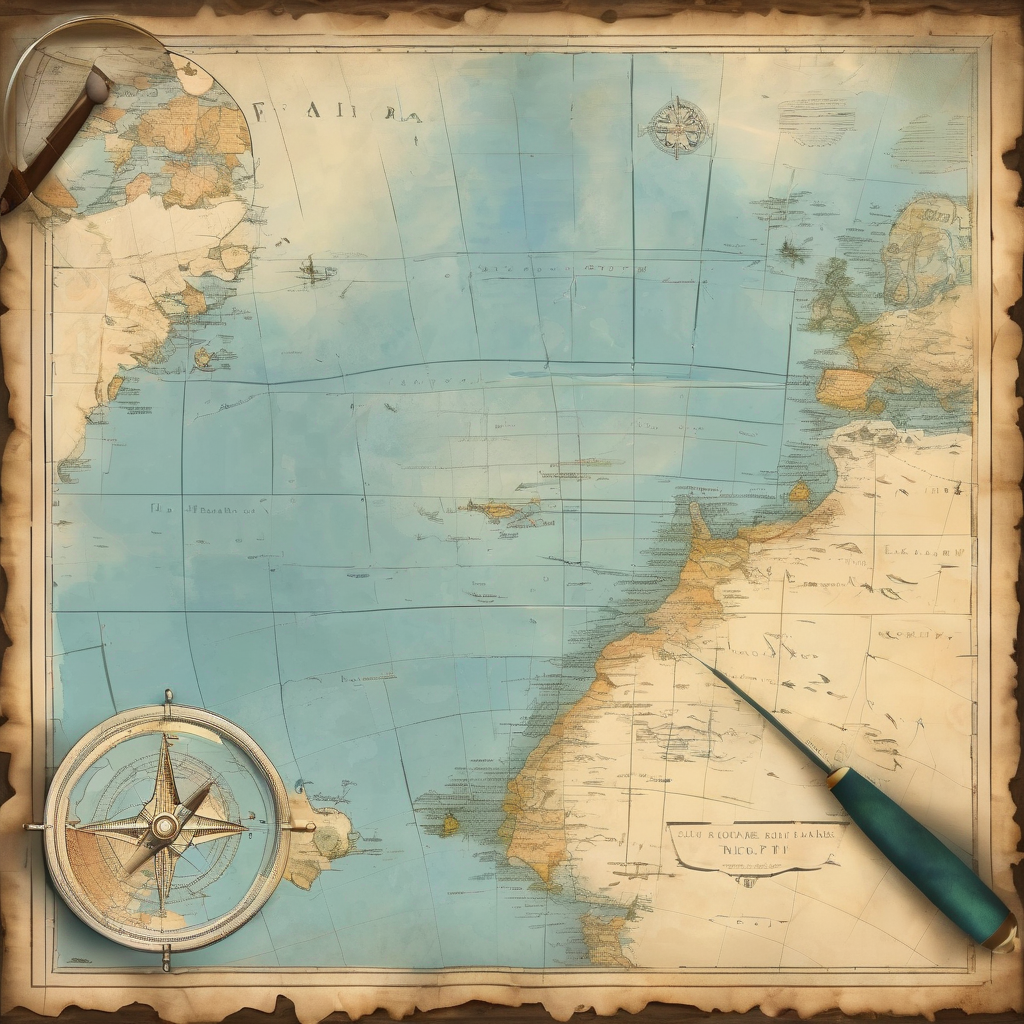At the 7th Melanesian Spearhead Group Peace and Security Strategy Meeting, Minister for Policing, Ioane Naivalurua, stressed that the Pacific is at a critical turning point, confronting both traditional and modern threats that are detrimental to communities and regional unity. He pinpointed issues such as transnational crime, illegal smuggling, cyber threats, climate change effects, geopolitical rivalries, and economic instability as pressing dangers. These challenges, he warned, could further weaken civic institutions and disrupt regional activities unless tackled through decisive and coordinated efforts.
Naivalurua emphasized the importance of finalizing a comprehensive Peace and Security Strategy to effectively address these issues. He highlighted how engagement based on existing frameworks like the BOA Declaration, the 2050 Blue Pacific Strategy, and the Ocean of Peace vision could bolster Pacific security. He remains optimistic that the strategy will create a safe and prosperous future that aligns with the Melanesian Way’s values of unity, security, and peace.
The sentiments echoed at the meeting resonate with previous discussions in the Pacific Regional and National Security Conferences. Leaders across the region, including Fiji’s Prime Minister Sitiveni Rabuka, have similarly called for a collective regional response to challenges such as climate change, transnational crime, and geopolitical tensions. There is a shared emphasis on the need for regionalism and cooperation to navigate these issues effectively, ensuring a future where the Pacific thrives in stability and prosperity.
Importantly, these efforts underscore an ongoing commitment from Pacific nations to address complex security challenges collaboratively. By leveraging collective strategies and respecting cultural values, there is a hopeful outlook toward achieving a serene and resilient regional environment. This proactive stance signifies a promising path forward for the Pacific, as leaders remain united in safeguarding their people and their unique ecosystems from both immediate threats and potential long-term challenges.
